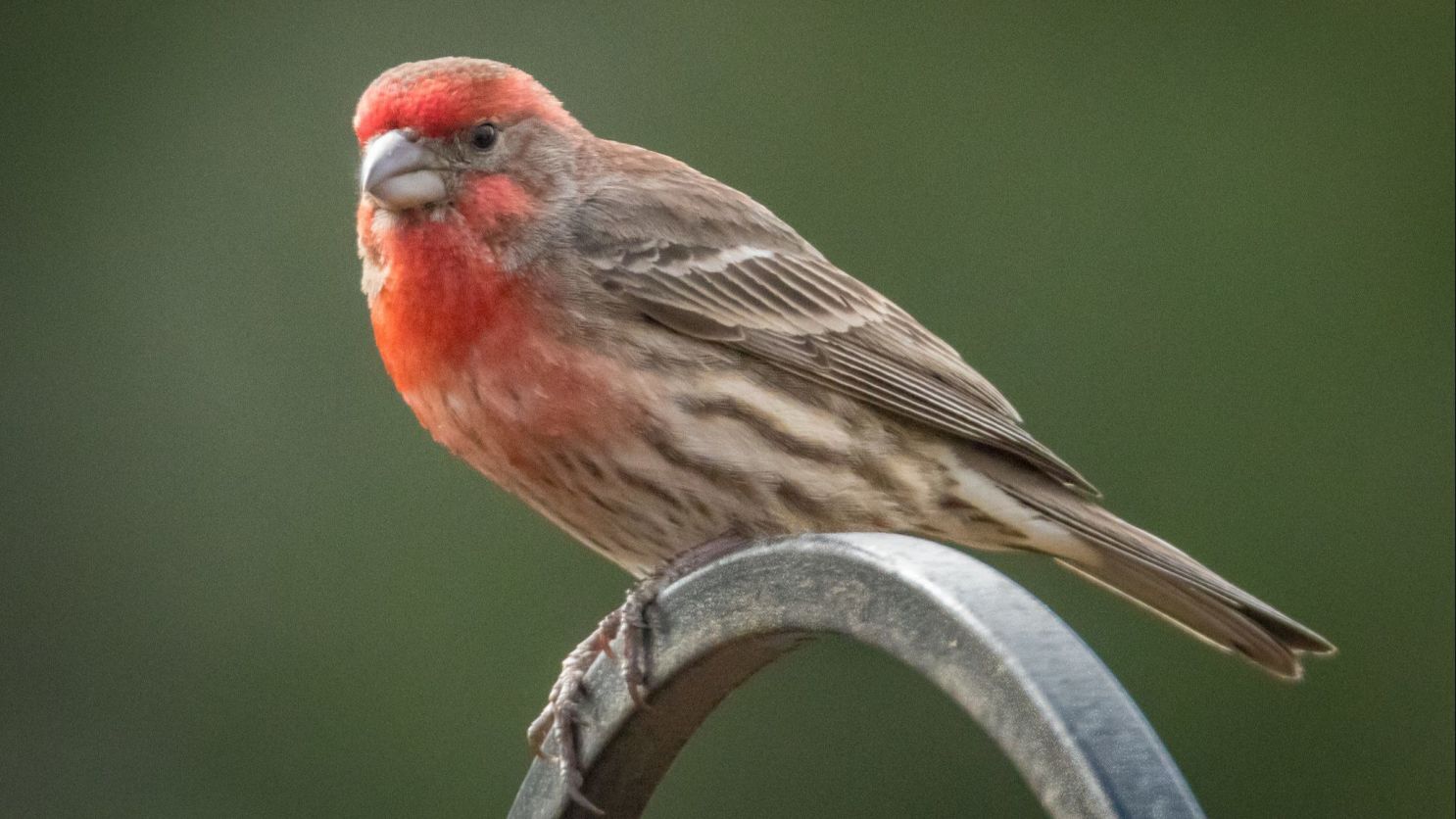Backyard Birding Really Helps Being Stuck at Home
All It Takes Is a Feeder and Some Seeds

A little while ago, before everything went to hell, I bought a birdfeeder. One of those simple cylindrical numbers with four little perches for eight little feet. I also picked up a bag of Kaytee-brand “Wild Bird Food ― Basic Blend.” Both totaled less than $40 at Home Improvement on Gutierrez Street. I hung the feeder on a hook outside the living-room window, and just became an accidental backyard birder.
It turns out the daily show of life and movement is the perfect antidote to the doldrums of the COVID-19 lockdown. Anyone can enjoy it, whether they live in an apartment or are lucky enough to have a yard. And with the arrival of spring, when migrating and nesting are on most birds’ minds, there’s more activity in the air than ever. I now work on my laptop within sight of the feeder, a little jealous of the freedom out there but more grateful that the birds like stopping by.
At first, I had no idea what I was looking at. These red-faced guys are cool, I thought. Wow, the yellow one is really beautiful. Does that fella have a Mohawk? But slowly, armed with a little online research and my father-in-law’s old pair of binoculars to pick out small details of color and body structure, I started to recognize individual species, and then to appreciate their distinct personalities and habits.

Cheery-voiced House Finches are the feeder’s most frequent guests. They often come in pairs, the scarlet males and the dappled brown females, and quickly get to work. They’re not the most courteous eaters, however. For every seed they pull out, they flick another five onto the deck. But those don’t go to waste. Round-bodied California Towhees, which are mostly ground foragers, swoop in and clean up without complaint. So do Mourning Doves. And then just the other day, I was excited to see a couple of Eurasian Collared-Doves, gorgeously pale and proudly bobbing along.
Another fairly common sight is the Oak Titmouse, maybe my favorite of all. While these small specimens are a very drab grey, they have big, deep black eyes and a distinct crest of feathers perched atop their heads. I know I’m just anthropomorphizing, but they seem sophisticated, if a little jumpy. They don’t get along with the finches. The Scrub-Jays don’t get along with anyone. The group is occasionally joined by a lone Black-headed Grosbeak who prefers the sunflower seeds, or, even less frequently, a slim Hooded Oriole the color of marigolds. Those latter two are only in town to breed.
Figuring out the birds at the feeder has made me appreciate the other species that dip in and out of my neighborhood ― American Robins, Northern Mockingbirds, and White-breasted Nuthatches, just to name a few. I even saw a Great Horned Owl peering down at me from a redwood tree. I’m still terrible at recognizing calls, but I’m getting better. One sound that’s easy to remember, I’ve found, is the heavy thwump-thwump-thwump of a big Band-tailed Pigeon taking off.
Even more satisfying than picking up this new hobby is knowing my amateur knowledge can contribute to science. An online database of bird observations managed by the Cornell Lab of Ornithology, called eBird, is the world’s largest citizen science project. More than 100 million sightings are contributed to it every year, which helps shape policy and plan conservation. I just signed up. Closer to home, the Santa Barbara Audubon Society encourages residents to submit their observations of birds getting busy to its Breeding Bird Study. A ton more local resources are available on the chapter’s website.
So give it a shot. Try birding on your butt. It’s cheap, it’s easy, and it beats more screen time. To get started, in addition to the seed and feeder, I recommend downloading the Cornell Lab’s free Merlin app, which makes identifying birds incredibly easy for beginners. Field-guide-wise, you can’t go wrong with the Sibley Field Guide to Birds of Western North America. It’s available at Chaucer’s Bookstore, and they offer home delivery.
At the Santa Barbara Independent, our staff continues to cover every aspect of the COVID-19 pandemic. Support the important work we do by making a



You must be logged in to post a comment.